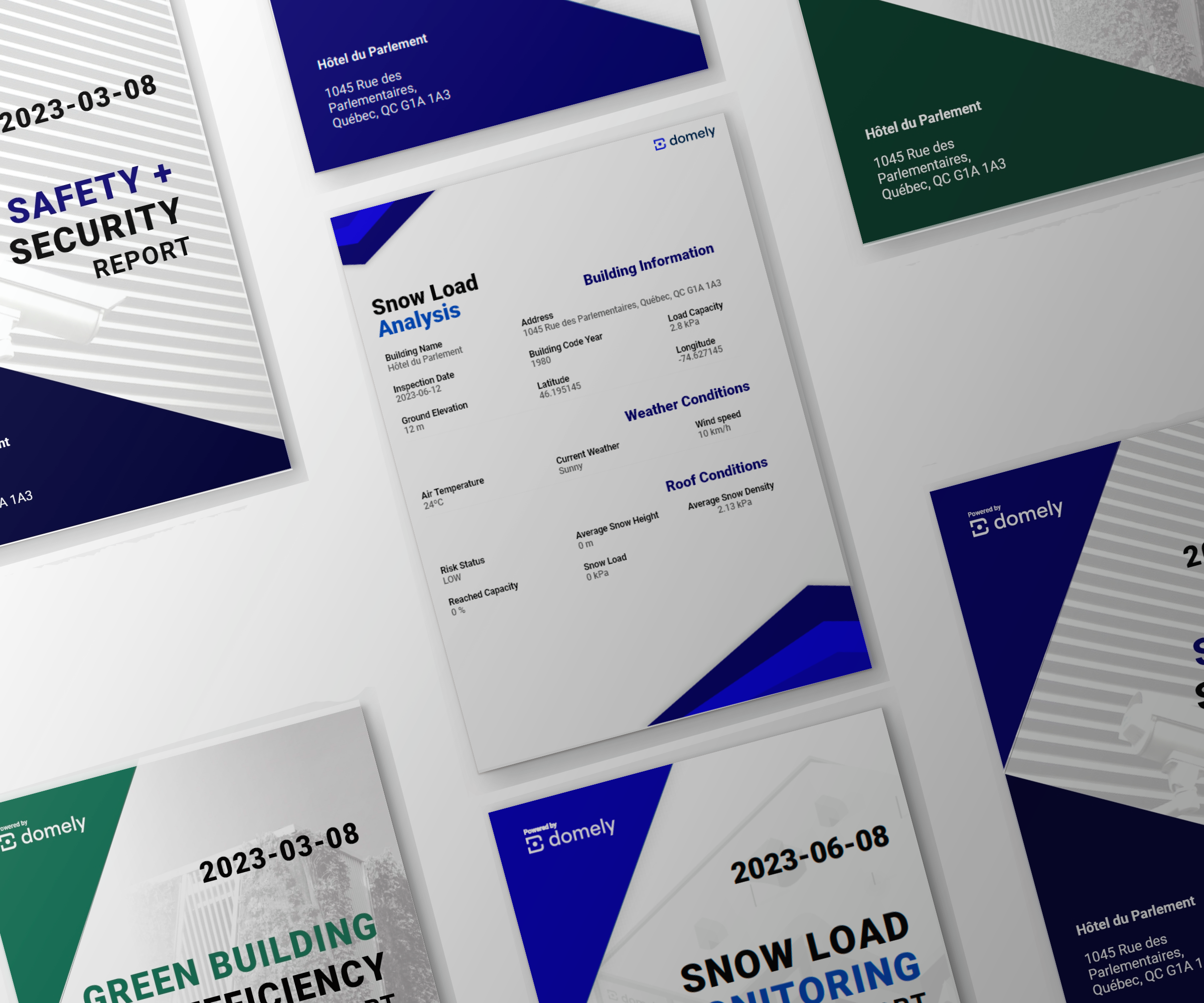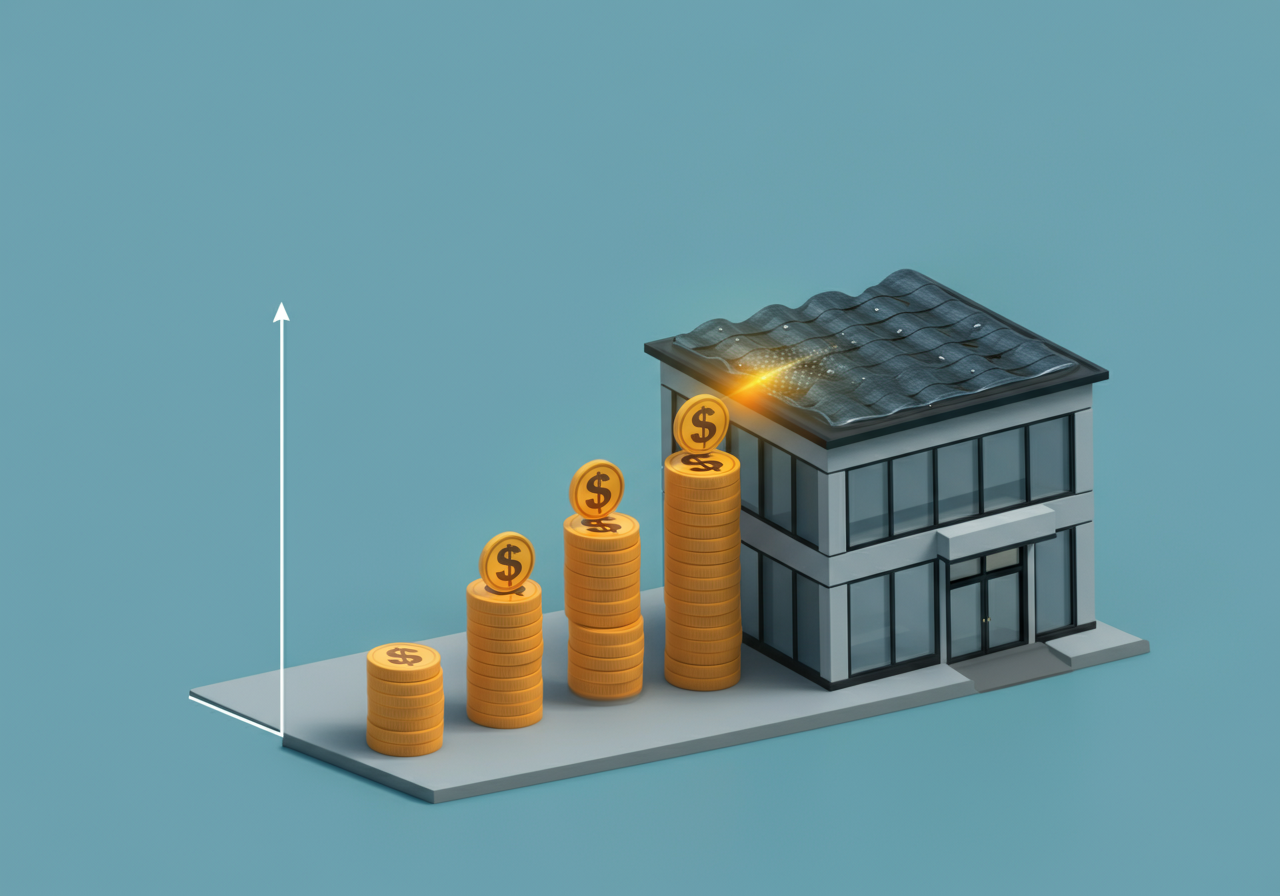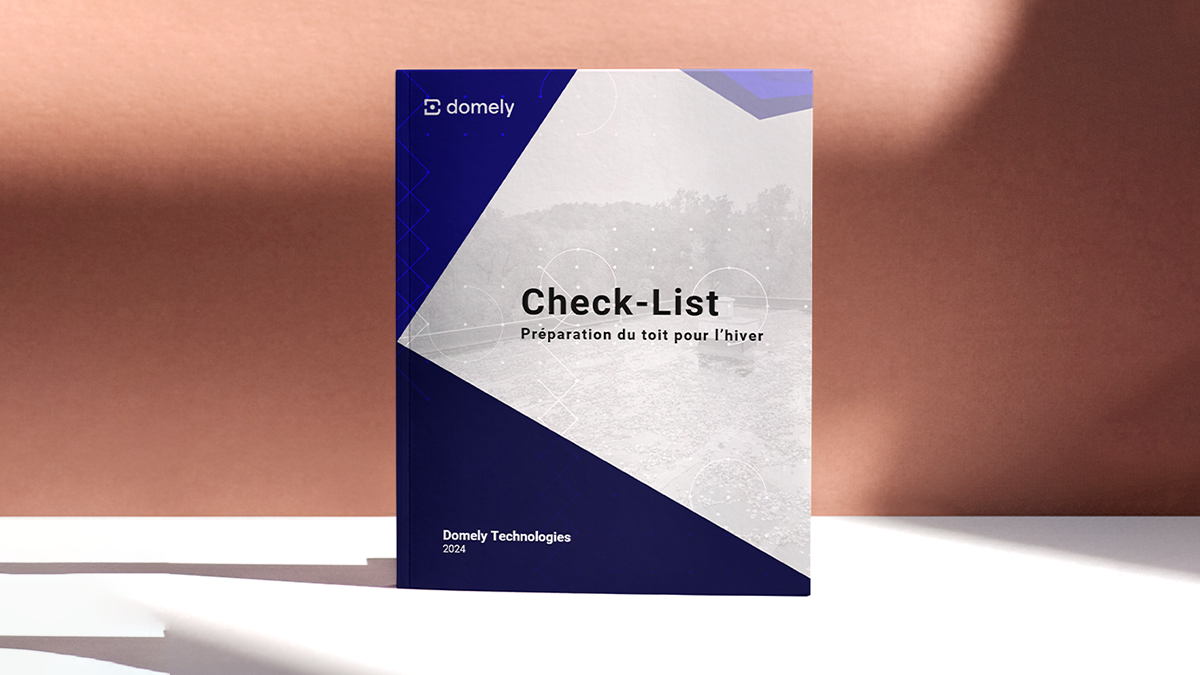
 Article
Article
 Article
Article

In an era marked by the escalating consequences of climate change , the construction and real estate industries face a crucial responsibility to embrace sustainable building practices. One pivotal factor in creating more sustainable, energy-efficient, and occupant-friendly buildings lies in understanding and leveraging the Solar Reflectance Index (SRI) of roofing materials. This critical metric quantifies a roof's ability to reflect solar heat, directly impacting a building's energy consumption, indoor comfort, and even the temperature of the surrounding urban environment.
The Solar Reflectance Index (SRI) is a numerical value ranging from 0 to 100 that measures a roof's ability to reflect sunlight and reject solar heat. A higher SRI indicates a greater ability to reflect sunlight, leading to less heat absorption and a cooler roof surface. This directly translates to a reduction in the amount of heat transferred into the building, resulting in lower cooling energy demands and reduced utility bills.
To better understand SRI, let's visualize the spectrum:
The SRI value of a roofing material is determined by its solar reflectance and thermal emittance:

Failing to consider and monitor SRI can set off a chain reaction of negative consequences that extend far beyond a building's walls, impacting the environment, public health, and even your financial bottom line:
Buildings with low SRI roofs become heat sinks, absorbing a significant amount of solar radiation. This heat buildup forces HVAC systems to work overtime to maintain comfortable indoor temperatures, leading to increased energy consumption.
Studies (Synnefa et al., 2007) have demonstrated that replacing conventional dark roofs with high SRI cool roofs can reduce cooling energy use by a staggering 20-40%. In a world striving to reduce carbon emissions and combat climate change , this energy savings potential is not just a financial win; it's an environmental imperative.
Imagine a large commercial building in a hot climate with a traditional black roof. During peak summer months, the air conditioning system runs constantly, consuming vast amounts of electricity and generating a significant carbon footprint. Replacing this roof with a cool roof could significantly reduce energy consumption, resulting in lower utility bills and a smaller environmental impact.
The increased energy demand caused by low SRI roofs directly translates to higher utility bills for building owners and tenants. Over time, these higher costs can erode your profitability and make it more difficult to compete in a market increasingly focused on sustainability and energy efficiency.
Consider a multi-tenant office building with a low SRI roof. During the summer, tenants complain about uncomfortable temperatures and struggle to maintain productivity. The building owner faces higher energy bills, which are passed on to tenants in the form of higher rents. This situation can lead to tenant dissatisfaction, increased vacancy rates, and reduced property value.
Heat absorbed by a low SRI roof radiates into the building, creating uncomfortable indoor temperatures. Occupants may experience discomfort, fatigue, and reduced productivity, particularly during hot summer months. In extreme cases, heat stress can pose serious health risks.
Picture a school building with a low SRI roof. On a hot day, classrooms become stiflingly hot, making it difficult for students to concentrate and learn. Teachers struggle to maintain a positive learning environment, and students may experience headaches, fatigue, and dehydration. This situation can negatively impact academic performance and overall student well-being.
Low SRI roofs contribute to the urban heat island effect, where urban areas become significantly warmer than surrounding rural areas due to the abundance of dark, heat-absorbing surfaces. This phenomenon leads to a range of negative consequences:
Visualize a densely populated city with a large percentage of dark roofs. During a heat wave, temperatures soar in the city center, creating a dangerous environment for vulnerable populations, such as the elderly and those with pre-existing health conditions. Air quality deteriorates, hospitals see a surge in heat-related illnesses, and the energy grid struggles to keep up with demand.

In response to the growing awareness of the urban heat island effect and the benefits of cool roofs, many municipalities are enacting cool roof ordinances. These regulations typically require new buildings and roof replacements to meet minimum SRI standards, often with a threshold of 78 or higher.
The City of Los Angeles was one of the first cities to implement a cool roof ordinance in 1999. The regulation requires new and replacement roofs to have a minimum SRI of 78. Other cities, including Chicago, New York, and Houston, have followed suit, establishing their own cool roof standards. These ordinances aim to reduce energy consumption, improve air quality, and mitigate the urban heat island effect.
Failing to comply with these regulations can result in:
Actively monitoring and managing your roof's SRI can unlock a wealth of tangible and intangible benefits, making it a wise investment for building owners, occupants, and the environment:
High SRI roofs reflect a significant portion of solar radiation, reducing the amount of heat absorbed by the building. This directly translates to lower cooling loads, reducing the need for air conditioning and leading to substantial energy savings. These savings can be particularly significant in hot climates and for buildings with large roof areas.
A study (Pomerantz et al., 2007) conducted by Lawrence Berkeley National Laboratory found that cool roofs can reduce cooling energy consumption by 10-30% for residential buildings and 20-50% for commercial buildings. These savings translate to lower utility bills and a smaller carbon footprint.
By minimizing heat transfer into the building, high SRI roofs help maintain more comfortable indoor temperatures, particularly during hot weather. This creates a more pleasant and productive environment for occupants, reducing discomfort, fatigue, and heat stress.
In a school building with a cool roof, classrooms remain comfortably cool even on hot days, improving the learning environment for students and teachers. In an office building, employees experience fewer distractions from heat-related discomfort, leading to increased focus and productivity.
High SRI roofs experience less thermal stress than conventional dark roofs, reducing the expansion and contraction that can lead to cracking and deterioration over time. This can potentially extend the lifespan of the roof, delaying the need for costly replacements and maximizing your investment.
A study (Akbari & Konopacki, 2005) found that cool roofs can reduce roof surface temperatures by up to 50°F (28°C), significantly reducing thermal stress and potentially extending the roof's lifespan by 5-10 years.
By reducing energy consumption and mitigating the urban heat island effect, high SRI roofs contribute to a more sustainable and healthier environment. This reduces greenhouse gas emissions, improves air quality, and minimizes the strain on energy grids, supporting a cleaner and more resilient future.
In a city with a large percentage of cool roofs, the urban heat island effect is reduced, leading to lower air temperatures, improved air quality, and reduced energy demand. This creates a more livable and sustainable urban environment for all.
Many utility companies and government programs offer rebates, tax credits, and other financial incentives to encourage building owners to install cool roofs. These incentives can help offset the initial cost of a cool roof and make it a more financially attractive option.
The Database of State Incentives for Renewables & Efficiency (DSIRE) provides a comprehensive list of cool roof incentives available in the United States. These incentives can include rebates, tax credits, and grants, varying by state and utility provider.

Recent advancements in technology have revolutionized the way we monitor and manage roof SRI . These innovations provide building owners and managers with unprecedented access to data and insights, empowering them to make informed decisions about their roofs:
Sophisticated remote sensing techniques, such as AI, IoT, LiDAR (Light Detection and Ranging) and aerial thermography, have transformed the way we assess roofs. These technologies allow for:
A property management company can assess the roofs of a large portfolio of buildings. The data collected provides SRI values for each roof, allowing the company to identify buildings that would benefit from cool roof upgrades. The data also helps the company prioritize maintenance and repair efforts, ensuring that roofs are in good condition and comply with local regulations.
Sophisticated data analytics platforms are now available to help building owners and managers make sense of the vast amount of roof data collected through remote sensing and other sources. These platforms allow for:
Building owners can use data analytics platform to monitor the SRI of their roof over time. The platform alerts the owner to a gradual decline in SRI, indicating that the roof is nearing the end of its lifespan. The owner can then schedule a roof replacement proactively, avoiding costly damage and disruption.

While the upfront cost of installing a high SRI cool roof may be slightly higher than a traditional dark roof, the long-term financial and environmental benefits make it a compelling investment.
A comprehensive cost-benefit analysis (Pomerantz et al., 2007) conducted by Lawrence Berkeley National Laboratory found that cool roofs typically have a payback period of less than 5 years, demonstrating that the energy savings quickly offset the initial cost difference. Over the roof's lifespan, the cumulative savings can be significant, making cool roofs a financially and environmentally sound investment.

Monitoring and managing your roof's SRI is not simply a responsible choice; it's a strategic imperative for building owners, occupants, and the environment. By embracing the power of data, leveraging new technology, and understanding the multifaceted costs of low SRI, you can make informed decisions about your roof that will:
Remember: Your roof is more than just a shelter; it's a canvas for embracing sustainability and creating a better future for all.
Sources:

 Article
Article

 Article
Article

 Article
Article
Want a quote or have questions? Would you like to better understand how our smart offering and unique data can help you?